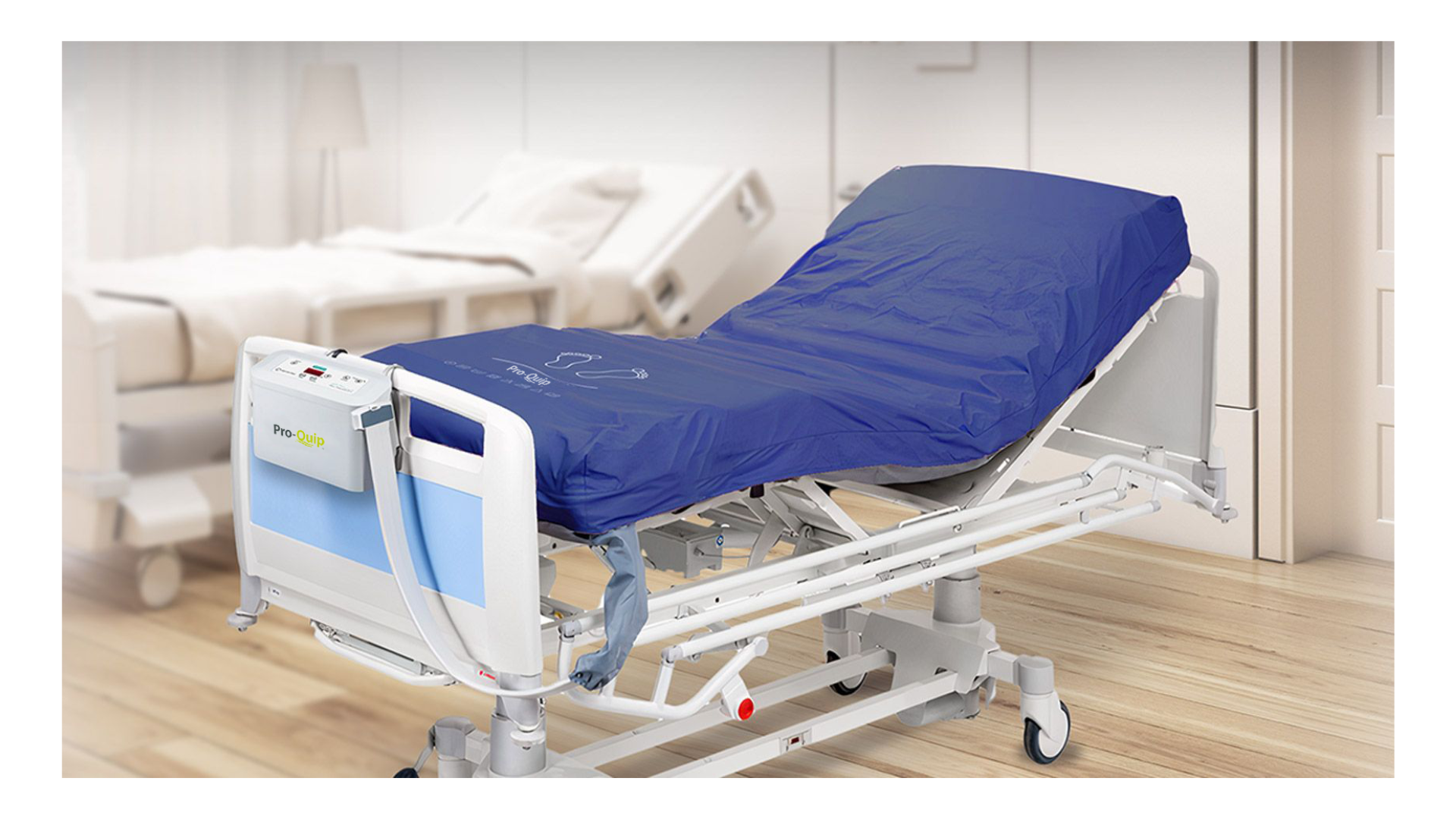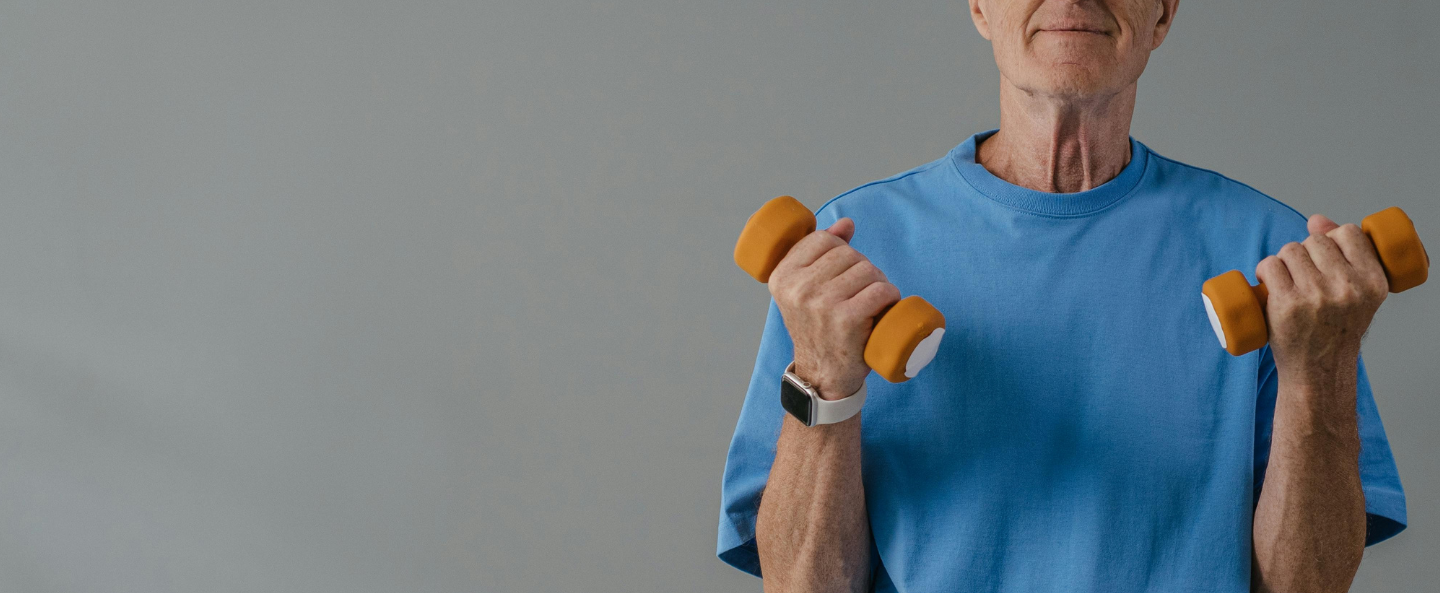Accessible baths and equipment plays a crucial role in care homes, as it helps residents with limited mobility to safely and comfortably bathe. These equipment provide support and assistance to individuals who may have difficulty bathing independently, ensuring their hygiene and well-being are maintained.
Types of assisted bathing equipment available
There are various types of assisted bathing equipment available for care homes, each designed to meet specific needs and requirements. Some common types of equipment include accessible baths, bath lifts, shower chairs, transfer benches and seats and handheld showerheads.
Bath lifts are devices that lower and raise individuals into and out of the bathtub, providing a safe and convenient bathing experience. Shower chairs are specially designed chairs that can be placed in the shower, allowing individuals to sit comfortably while bathing. Transfer benches are useful for individuals who have difficulty stepping over the bathtub ledge, as they provide a stable seat for transferring in and out of the tub.Handheld showerheads can be easily maneuvered to direct water flow, providing individuals with greater control during bathing.
Factors to consider when choosing assisted bathing equipment
When choosing assisted bathing equipment for care homes, there are several factors to consider to ensure the equipment meets the needs of the residents and the care home environment.
Firstly, it is important to assess the mobility and specific requirements of the residents who will be using the equipment. The equipment should be adjustable and customisable to accommodate individuals of different heights, weights, and abilities.
Additionally, the durability and ease of maintenance of the equipment should be considered to ensure long-term use and cost-effectiveness.
It is essential to consult with professional suppliers and seek their recommendations to ensure the chosen equipment meets safety standards and regulations.
Benefits of using accessible baths
The use of assisted bathing equipment in care homes offers numerous benefits for both residents and caregivers.
Firstly, it promotes independence and dignity for residents who may have limited mobility or physical disabilities.
Assisted bathing equipment allows individuals to maintain their personal hygiene without relying heavily on caregiver assistance.
Moreover, the use of such equipment reduces the risk of falls and injuries during bathing, ensuring the safety and well-being of the residents.
For caregivers, assisted bathing equipment simplifies the bathing process and reduces the physical strain associated with manual transfers and support.
Overall, the use of assisted bathing equipment enhances the bathing experience for residents and improves the efficiency of caregiving in care homes.
Tips for proper maintenance and care of assisted bathing equipment
Proper maintenance and care of assisted bathing equipment are essential to ensure their longevity and optimal performance.
Regular cleaning and disinfection of the equipment should be carried out to maintain hygiene standards.
It is important to follow the manufacturer's instructions for cleaning and maintenance to avoid damage or malfunction.
Inspecting the equipment regularly for any signs of wear and tear and addressing issues promptly can prevent accidents and ensure the safety of the residents.
Additionally, training and educating caregivers on the proper use and maintenance of the equipment can contribute to its longevity and effectiveness.
By following these tips, care homes can ensure that their assisted bathing equipment remains in good condition, providing reliable support to residents. Fairfield Care offers a range of accessible baths and equipment to make your residents feel safe and comfortable. We also offer a maintenance and repair service along with training for staff.


